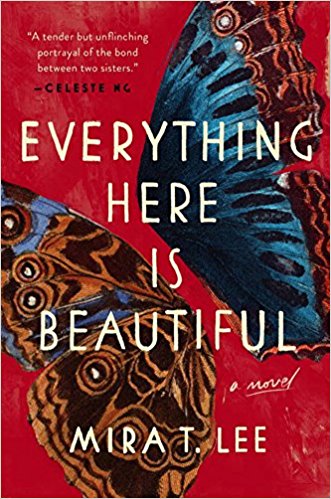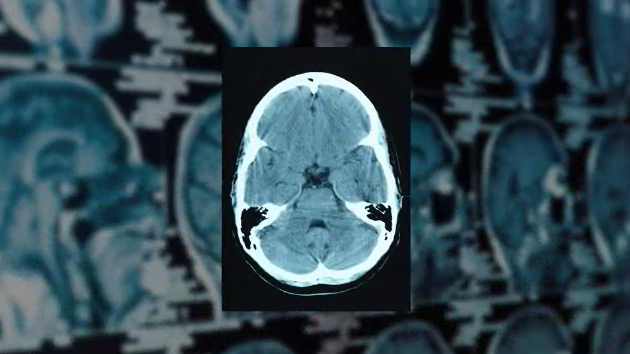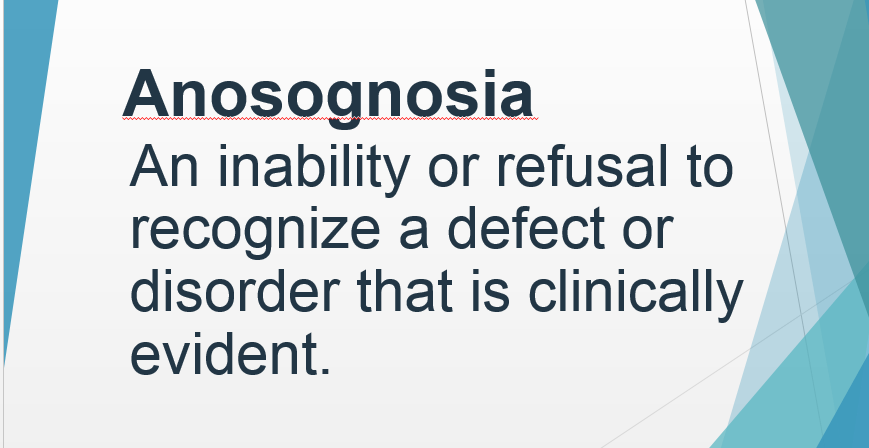
(3-26-18) Ever since Bebe Moore Campbell’s death in 2006, the mental health community has been desperately in need of a skilled novelist who can write a captivating story that offers readers a realistic portrait of mental illness while educating and entertaining them.
Such a novelist and a book are needed because novels reach a wide swath of Americans who would not be the slightest bit interested mental illnesses. Great novels can be timeless and speak to multiple generations.
The search has ended.
Mira T. Lee and her debut novel, Everything Here Is Beautiful, hits all the right marks.
First a word about Bebe Moore Campbell. Her first children’s book, Sometimes My Mommy Gets Angry, established her as a creative and credible writer about mental illness. It won the National Alliance on Mental Illness (NAMI) Outstanding Literature Award for 2003. As the title suggests, her children’s book is about a little girl who has to cope with her mentally ill mother.
 A key reason why Ms. Campbell could write so authentically was because she had mental illness in her family, a topic she further explored in her fictional 72 Hour Hold. She was well-known and well-respected in the NAMI community, having helped found the NAMI-Inglewood chapter.
A key reason why Ms. Campbell could write so authentically was because she had mental illness in her family, a topic she further explored in her fictional 72 Hour Hold. She was well-known and well-respected in the NAMI community, having helped found the NAMI-Inglewood chapter.
I greatly admired Ms. Campbell’s writing, courage, frankness and willingness to help others – including me. Before brain cancer ended her life, she wrote a complimentary blurb for the cover of my book CRAZY: A Father’s Search Through America’s Mental Health Madness.
To me, her’s were big shoes to fill. It isn’t easy to write about mental illness in fiction, especially if a seriously mentally ill character and the overall narrative does not fit nicely with the stereotypical, happy, redemptive ending that publishers and readers often prefer.
If writing about mental illness realistically isn’t enough of a challenge, try writing a book that doesn’t feature white, middle-class Americans as its main characters, but focuses on minorities and deals with such issues as immigration and how different cultures view mental disorders. Now consider that you have never before published a novel.
Mira T. Lee, who lives in Cambridge, Massachusetts, not only takes on all of these challenges, but conquers each with aplomb in Everything Here Is Beautiful. (Yes, I am repeating the title, because I don’t want you to forget it.)







There’s no controversy here. People with psychotic disorders sometimes don’t know they are suffering from a mental illness, and there really is nothing to argue about. And yet, the word “anosognosia”—meaning the patient is unable to see that he is ill—is a charged word.
Why is that? Let me talk a little about the history of this word and the political meaning it has taken on.
Anosognosia is a term that was coined in 1914 by a Hungarian neurologist named Joseph Babinsky. Babinsky noticed that sometimes after a stroke, people are unaware of their deficits. This is presumed to be a result of pathophysiologic changes in the brain, and not the psychological defense mechanism of denial. There is not a precise anatomical finding that predicts anosognosia: you can’t look a patient with anosognosia and say, “ah, the MRI will show a lesion in X area of the brain.” Though certainly, some deficits are more likely to include anosognosia than others.